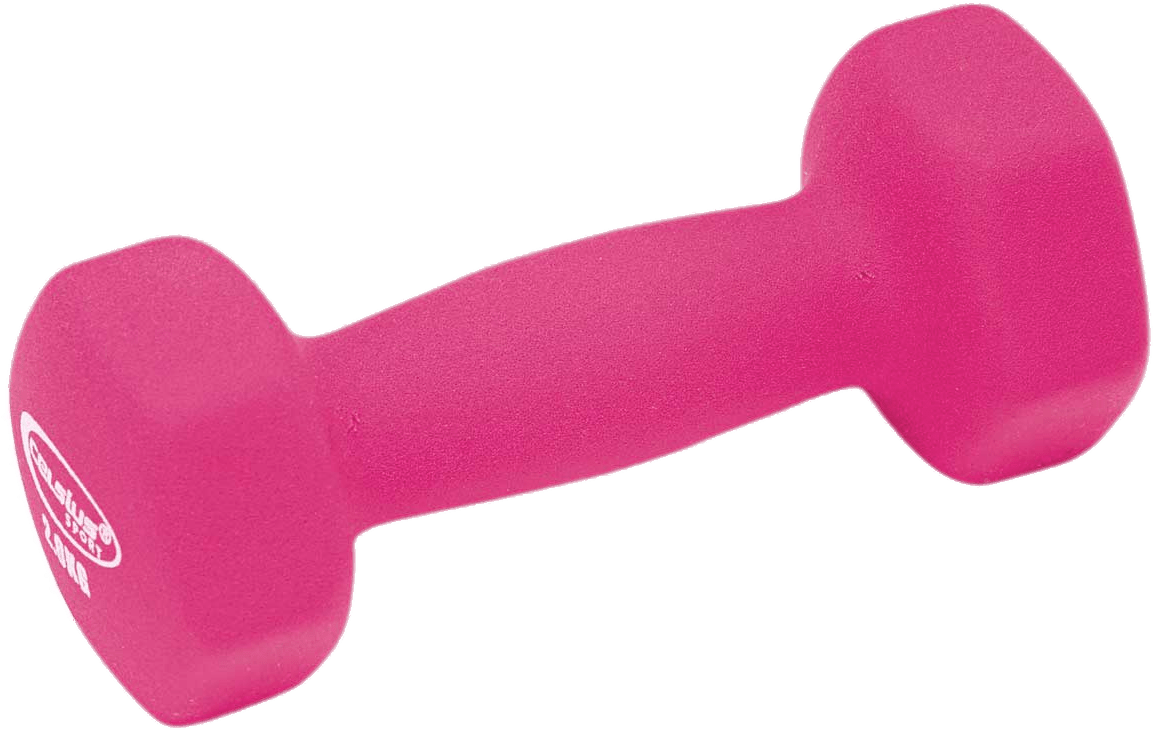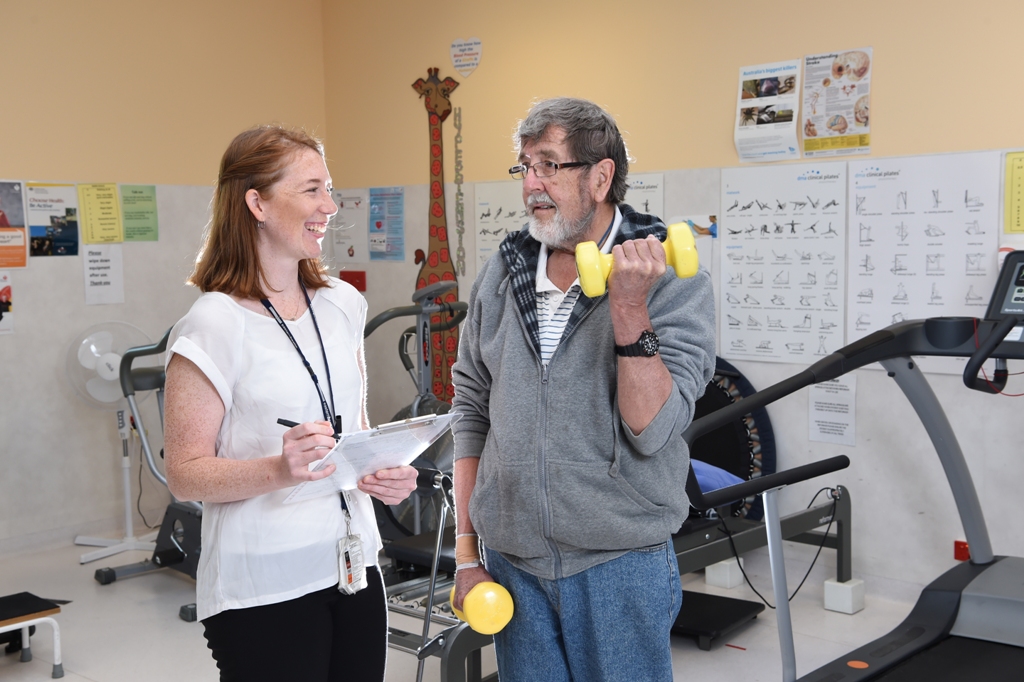Oncology Rehabilitation can be delivered with minimal resources. As a minimum, the following equipment should be available:

- Stopwatch
- Sphygmamometer
- Pulse oximeter
- Dumbells and/or cuff weights
- Resistance bands
- Step, stairs and/or stepper machine
- Walking track or treadmill
- Exercise pedals or stationary bike
- Cytotoxic spill kit (if your program includes people receiving chemotherapy)
- Alcohol wipes
- Hand sanitiser
If your budget allows, access to a weight stack such as leg press, chest press or functional trainer may be useful. Balance equipment such as rockerboards, balance foam, duradiscs and/or Bosu ball is useful for retraining mobility and balance. Fitballs and a mat may be useful for core strengthening. Some programs may also have access to pilates equipment such as a reformer or trapeze table, however these are not essential.
Your health service or clinic should have processes in place to respond to a medical emergency.
Other safety considerations include:
- Availability of water

- Cooling/heating/ventilation
- Lighting
- Equipment layout
- Rescue medications
- Defibrillator
- Chairs for resting
- Footwear
- Mobile phone / landline
- Cytotoxic spill management training
- Infection control procedures and equipment
There are no published guidelines relating to staff patient ratios.
Typically a ratio of 1:3 or 1:4 is used in a hospital-based setting.
Higher ratios may be employed in a community-based setting where patients may have lower medical needs.
Many oncology rehabilitation programs are initiated using philanthropic or project funds. You may need to prepare a business case to implement your program into existing funding structures. In hospital settings, programs are typically funded under ambulatory care streams. In community health settings chronic and complex care or HACC funding may be used.
Other sources of funding include:
- Private health funds
- Dept. of Veteran Affairs initiatives
- Local Area Health funding
- Aged care funding
- Commonwealth rehabilitation services
- Medicare initiatives (e.g. Medicare-Plus, EPC, etc…).
 Patients have repeatedly reported the importance of the relationships they have built in Oncology Rehabilitation with clinicians and other patients. This subjective factor has contributed significantly impacted on their overall wellbeing and motivation for participation.
Patients have repeatedly reported the importance of the relationships they have built in Oncology Rehabilitation with clinicians and other patients. This subjective factor has contributed significantly impacted on their overall wellbeing and motivation for participation.
“Group dynamics is a lot more important than you realise … Just, you’ve all got a goal, you’re all in there together, you’ve got some unwritten rule, you know what you’ve been through with the cancer. Unless you’ve been through it, it’s really hard for people to know how tired you get and what really happens … But when you’re in a group like that, it doesn’t matter what cancer you’re going through, and what level you’re at, you’ve still got that common goal to get over this stupid chemo and to get back as healthy as you can with what you’re dealing with…It just makes such a difference.” – Oncology Rehab patient.
Some practical suggestions to build strong group dynamics within your Oncology Rehabilitation program:
- Name tags for all participants and clinicians
- Warm up game or get to know you icebreakers
- Include a “fun” component – learning a new skill together e.g. Tai Chi etc
- Include a ‘show and tell’ session of people’s hobbies and interests
- Music – patients can create their own playlist to exercise to
- Group contact list at the end of the program so patients can contact one another if they desire to

